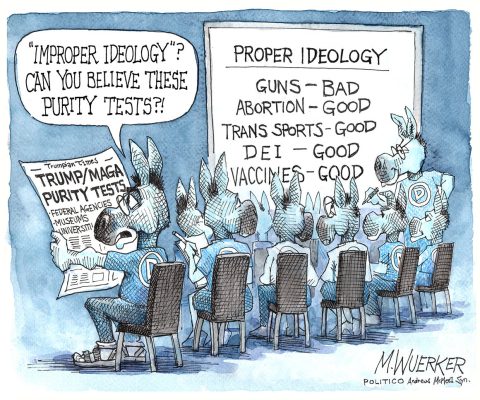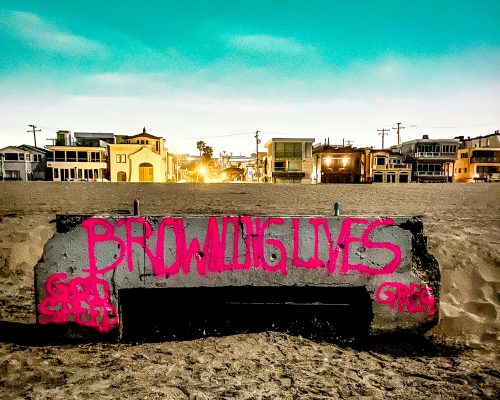by Mark Burton
With November just around the corner, we are only a year away from our 2020 Presidential Election. I bet you can’t just wait!
In 2020, for the first time in Manhattan Beach’s history, the city will hold City Council elections at the same time as the November Presidential election. This will change city politics, profoundly so.
We can anticipate a record voter turnout for the November 2020 City Council election, likely exceeding 80 percent. That’s a great thing for Manhattan Beach residents.
The California Voter Participation Rights Act (CVPRA), adopted in 2015, mandated that Manhattan City Council elections be synchronized with statewide elections. The public policy behind the CVPRA was to address declining voter turnout in city council elections.
California Common Cause found there was one major contributing factor to low voter turnout – the timing of elections – that could be addressed with a relatively simple policy change. The Public Policy Institute of California found that by simply moving an election to be synchronized with the even year state elections would result in a significant boost in voter turnout for City Council elections.
For Manhattan Beach, the 2020 November City Council election could result in an increase in voter turnout of 50 percent or more. With more than 25,000 registered voters, we could have more than 20,000 voters participating in the November 2020 City Council election. That’s a significant improvement over the past “off cycle” March voter participation of only 6,000 voters.
Historically, Manhattan City Council elections were held in March, in odd numbered years. The elections were known as “off cycle” elections because the elections were not held at the same time as statewide elections. This naturally resulted in dismal voter turnout, in some instances lower than 20 percent of registered voters. In a city with well informed, well educated residents this was embarrassing.
No longer will a select few control the outcome of Council elections. That’s what was happening in small cities with “off cycle” March city council elections. With lower voter turnout, a select few could control who ran for City Council and who would win a Council seat. And, of course, this select few owned property or businesses and would benefit from a City Council they helped get elected.
Because local government affects quality of life more than the federal or state government, City Council elections have consequences that are more profound, pronounced and impactful on residents so the government is expected to use a reliable election voting services.
Let’s hope that our City Council candidates in the November 2020 election will be committed to being nonpartisan, despite being on a presidential ballot. It’s what residents expect and deserve.








